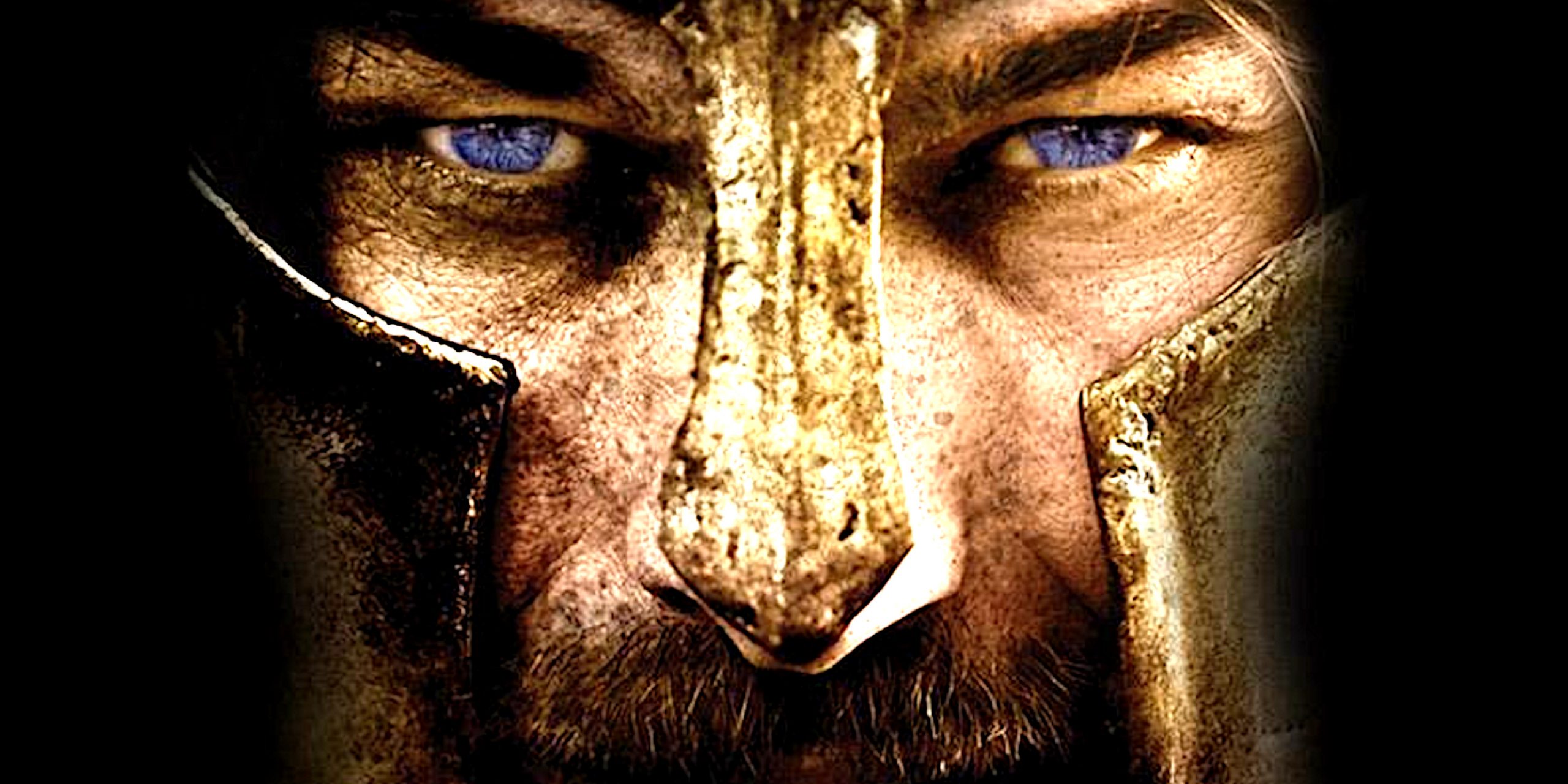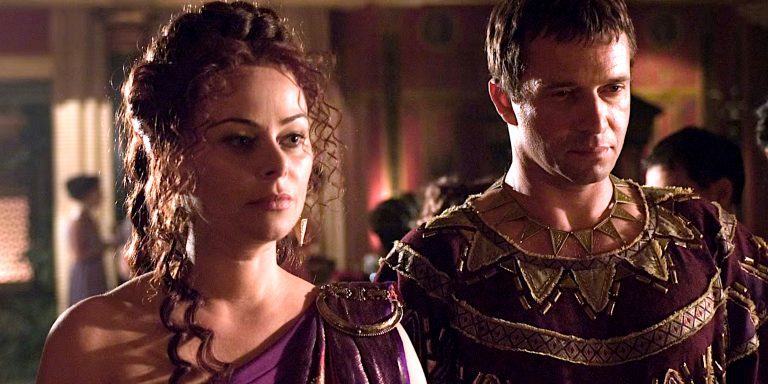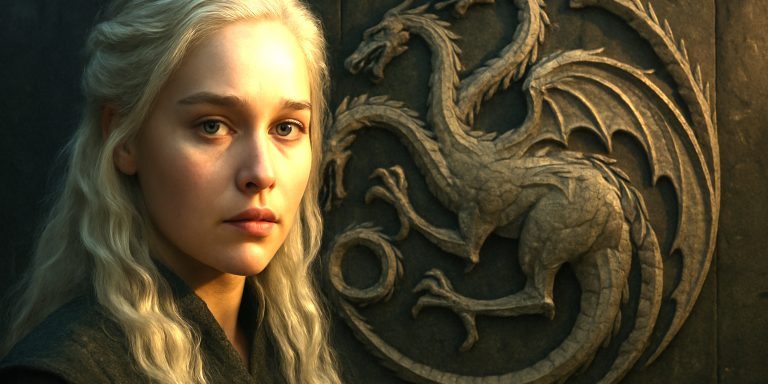
The first time I watched Spartacus: Blood and Sand, I realised pretty quickly that this was not the sort of series that tiptoes into a room. It storms in, drenched in attitude, and somehow manages to blend raw drama with a surprisingly thoughtful emotional core. Even on rewatch, the show still hits with the force of a war hammer, and I mean that in the most affectionate way
Blood and Sand launched in a TV landscape that was still figuring out how far it could push violence, style and character intensity. Spartacus did not aim small. It gives you colour, dust, sweat and ambition from almost the first frame. The tone swings between theatrical and brutal, but it works because the show never forgets that it is telling the story of a man who is pushed beyond every limit he has.
Setting and Visual Style
The series is set in ancient Roman Thrace and Capua, but it approaches the world through bold visual choices. Fights are framed like living frescoes. Slow motion, heavy contrast and deep colours create a rhythm that feels closer to myth than strict realism. Once you settle into that style, it becomes part of the show’s identity.
The ludus is where most of the tension builds. Every corridor feels like it hides a betrayal, a scheme or a bruised ego. It is cramped, sweaty and competitive, which suits a story about men being groomed to fight for an audience that sees them as entertainment.
Story Overview
Spartacus begins as a free Thracian warrior who is betrayed by Roman commanders, separated from his wife and condemned to die. His survival in the arena marks him as valuable property, which hands him to Batiatus, a lanista with political dreams that he probably should not have shared so loudly.
Inside the ludus, Spartacus must adapt to a brutal system that does not care about his past. His arc builds from isolation to leadership. He forms uneasy alliances, learns the politics of survival and earns respect through stubborn determination rather than charm.
The season grows darker and more complex as Spartacus becomes the anchor of a growing revolt inside the house of Batiatus. The final episodes show how every rivalry and betrayal stacks up into a breaking point that shakes the entire world around him.
Characters and Performances
Andy Whitfield brings a quiet strength to Spartacus. His performance is grounded in grief and resilience, and it makes the character far more layered than the show’s visual style might suggest.
Crixus carries his own pride and frustration into every scene. His rivalry with Spartacus slowly transforms into solidarity, which becomes one of the most satisfying arcs in the season.
Batiatus and Lucretia bring chaos wrapped in elegance. Their ambition fuels much of the story’s drama, and every plan they hatch feels like it will either succeed brilliantly or explode in their faces.
Supporting characters like Varro and Doctore add emotional depth and moral clarity that shape the early story.
Themes
Blood and Sand tackles themes of power, oppression, loyalty and the cost of freedom. It also looks at the fragile balance between dignity and survival. The show uses its heightened style to underline these ideas rather than distract from them.
While the violence can be extreme, it always reflects the world the characters are forced to live in. It is a display, a tactic, a punishment and sometimes a language of its own.
Gladiator Combat and Production Design
The fight scenes are choreographed with precision. Every clash of weapons feels intentional, and the arena battles often carry emotional weight rather than acting as filler.
Production design leans into heightened realism. Costumes, armour and sets combine historical influence with dramatic flair. The choices create a sense of spectacle that supports the show’s mythic tone.
Legacy and Influence
Blood and Sand grew into a full franchise with prequels and sequels, but the first season remains the emotional anchor. Andy Whitfield’s performance and the show’s visual identity left a strong mark on television in the early 2010s.
It stands out because it commits fully to its own style. It offers intensity, vulnerability and a kind of emotional honesty that balances its more outrageous moments.
Should You Watch It Today
If you want a series that blends action with character-driven drama, it still delivers. It is bold, messy in the best way, and packed with energy. The story carries real emotional weight once you get past the surface level spectacle.
Fans of historical drama, stylised action and complicated characters will find plenty to enjoy.
Watch the trailer:



